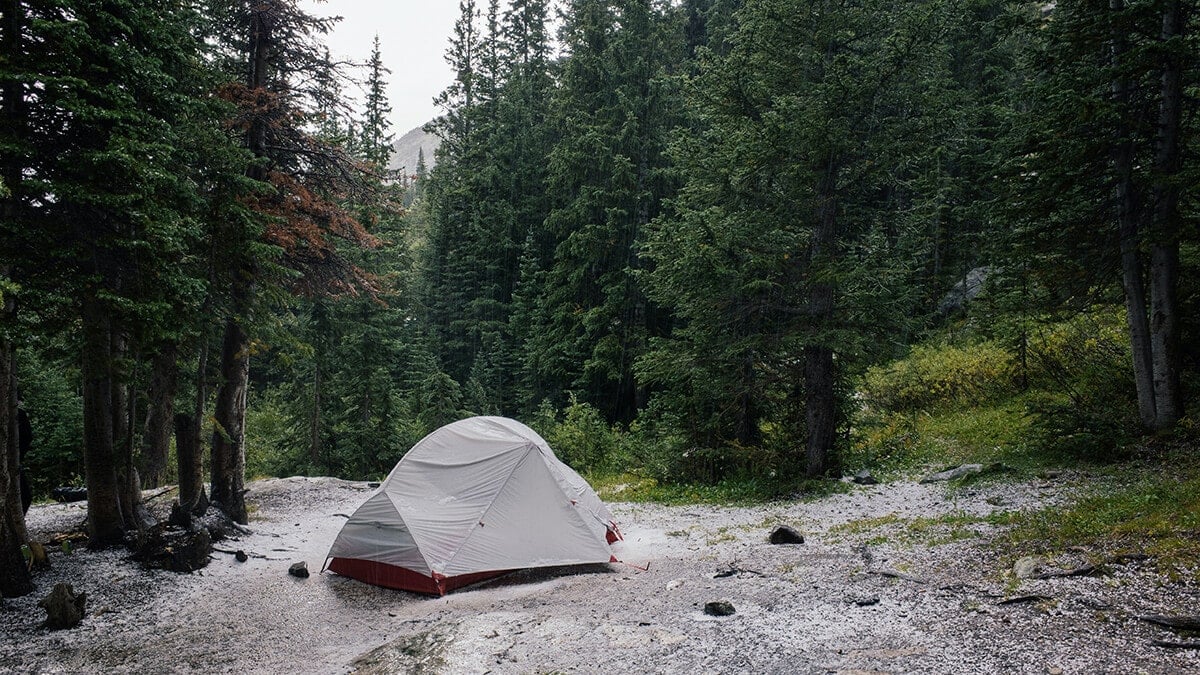I. Introduction

A. Importance of preparation for tent camping in the rain
Camping in rainy conditions can present a unique set of challenges, but with the right preparation, it can also be a rewarding experience. Knowing how to stay dry and comfortable while camping in the rain is essential for enjoying the great outdoors, even when the weather doesn’t cooperate. This guide will provide tips and advice on how to prepare for tent camping in wet conditions.
B. Overview of the challenges and potential rewards of camping in wet conditions
Camping in the rain can be challenging, but it also offers some rewards. The peaceful sound of raindrops on a tent, the lush greenery, and the fresh scent of the forest can create a unique and calming atmosphere. Additionally, camping in wet conditions can be an opportunity to test your skills and resourcefulness, as well as provide a sense of accomplishment when you successfully stay dry and comfortable.
II. Preparing for Rainy Weather
A. Checking the Weather Forecast
Before embarking on a camping trip, it is crucial to check the weather forecast for the area you plan to camp in. This will give you an idea of what conditions to expect and will help you plan accordingly. Be prepared for any changes in the forecast by packing extra rain gear and making alternative plans in case the weather becomes too severe.
B. Choosing the Right Tent
- Waterproof and rainfly features
When camping in rainy conditions, choosing a tent with waterproof features is essential. Look for tents with a high waterproof rating or ones that have sealed seams to prevent water from entering. Additionally, a rainfly is a crucial component of a rainproof tent. It is a waterproof cover that goes over the top of the tent to provide added protection from the rain.
- Proper setup techniques
To ensure the tent stays dry inside, it is important to set it up correctly. Begin by selecting a flat and elevated area where water is less likely to accumulate. Make sure the tent’s rainfly is securely attached and covers the entire tent, including the sides. Use tent stakes and guy lines to secure the rainfly, preventing it from flapping in the wind and allowing water to enter.
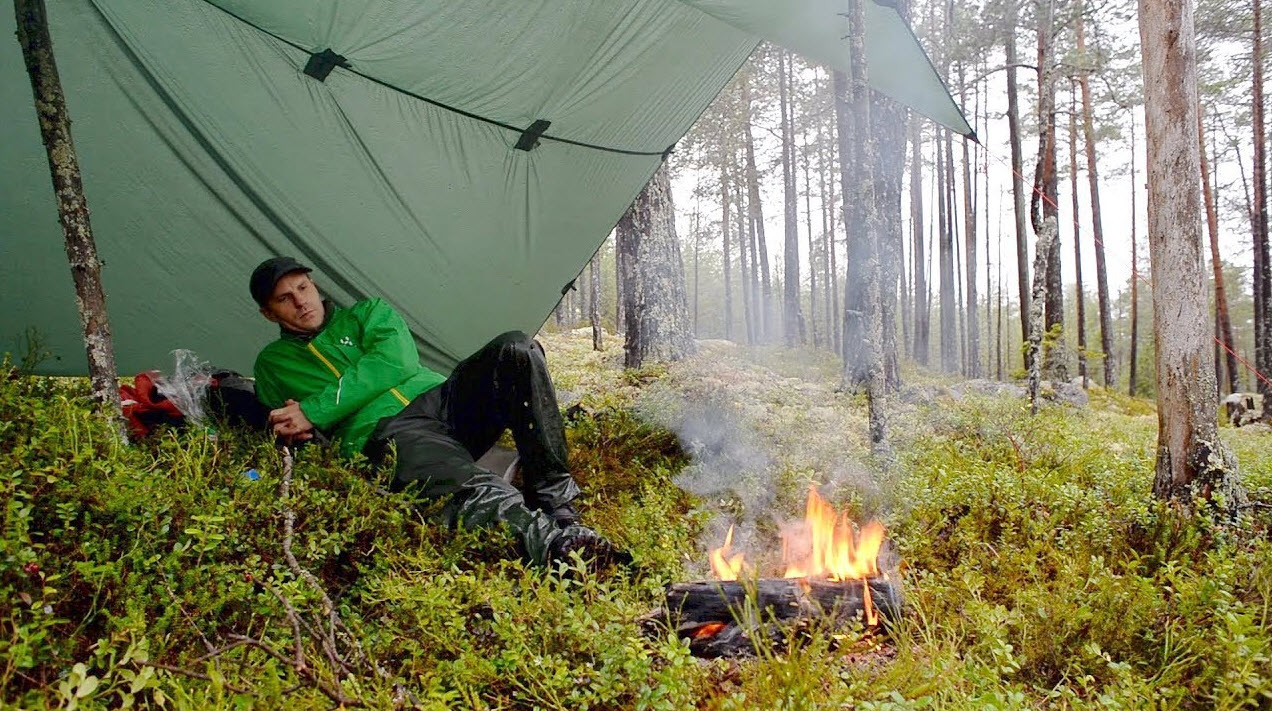
C. Selecting a Suitable Campsite
- Avoiding low-lying or flood-prone areas
When setting up camp in the rain, it is crucial to avoid low-lying areas or flood-prone locations. These areas are more susceptible to flooding, and your tent could quickly become submerged or damaged in heavy rain. Look for higher ground that offers good drainage to prevent water from pooling around your tent.
- Considering natural windbreaks and drainage
Choosing a campsite with natural windbreaks, such as trees or rock formations, can provide additional shelter from the rain. These barriers can help reduce the impact of strong winds and provide a drier and more comfortable camping experience. Additionally, consider the campsite’s natural drainage. Avoid areas with depressions or slopes that could lead to water pooling around your tent.
D. Packing Essential Gear and Clothing
- Waterproof tarps and groundsheets
In addition to a waterproof tent, it is essential to pack waterproof tarps and groundsheets. These can be used to create a barrier between the ground and the tent, preventing water from seeping in from below. They can also be used to create a sheltered space outside of the tent, such as a cooking area, to keep you dry while preparing meals.
- Rain gear – jackets, waterproof pants, and boots
Investing in high-quality rain gear is crucial when camping in wet conditions. Pack waterproof jackets, pants, and boots to keep yourself dry while exploring or hiking. Look for gear that is not only waterproof but also breathable to prevent sweating and discomfort. Additionally, pack extra pairs of socks to keep your feet dry throughout your camping trip.
- Extra towels and quick-drying clothes
Bringing extra towels is important when camping in rainy weather. They can be used to dry off your body or wipe down any damp surfaces inside the tent. Opt for towels made of quick-drying materials to avoid carrying around heavy and wet towels. Additionally, pack clothes made of quick-drying materials such as synthetic fibers, as they are less likely to retain moisture.
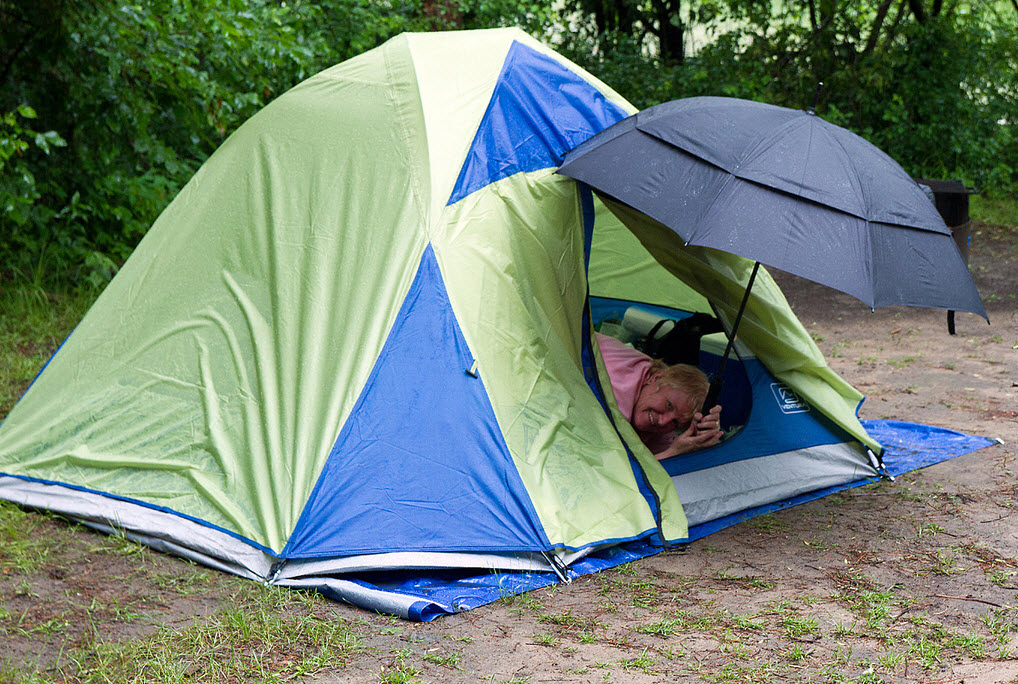
III. Setting Up a Rain-Resistant Campsite
A. Rainfly Strategies
- Proper attachment and tensioning techniques
When setting up a rainfly, it is crucial to attach it securely to the tent. Make sure to follow the manufacturer’s instructions or guidelines for your specific tent model. Attach the rainfly tightly to prevent water from seeping inside the tent through any gaps or loose areas. Tensioning the rainfly will also help prevent flapping in windy conditions, which can lead to water infiltration.
- Utilizing additional tarps for extra protection
In particularly heavy rainfall, it may be beneficial to set up additional tarps as a secondary layer of protection. These can be pitched over the tent or used to create a separate sheltered area for cooking, relaxation, or storing gear. Make sure to securely anchor the tarps to prevent them from blowing away in strong winds.
B. Securing Tent Rainfly and Groundsheet
- Stake-down and taut pitching methods
To prevent water from pooling on top of the rainfly, use stake-down and taut pitching methods. Properly tension the rainfly to create a smooth surface that will allow rainwater to roll off easily. This will minimize the chances of water collecting on the rainfly and potentially leaking into the tent.
- Correct placement to prevent water pooling
In addition to tensioning the rainfly, it is important to ensure it is correctly positioned to prevent water pooling. Make sure the rainfly is properly aligned and covers the entire tent, extending beyond its edges. This will allow rainwater to flow off the rainfly and away from the tent instead of accumulating and potentially causing leaks.
C. Creating a Dry Living Area
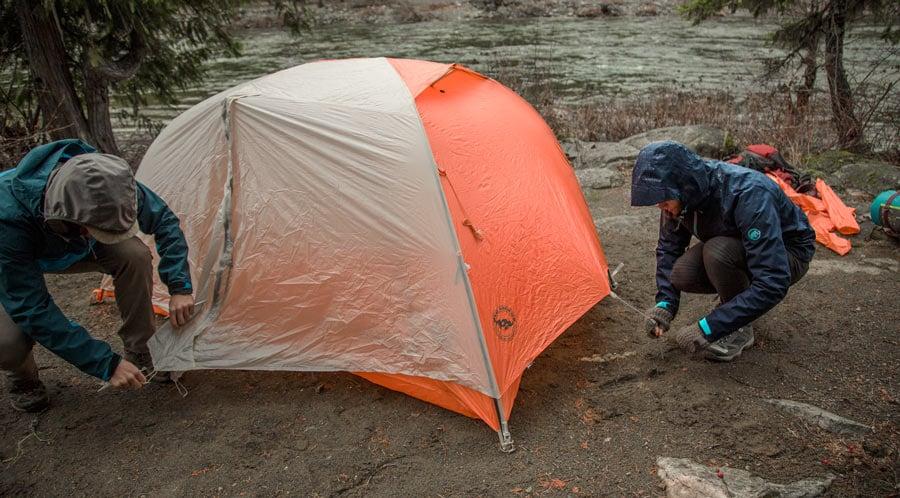
- Use of tarps as awnings
Utilize tarps as awnings to create a dry living area outside of the tent. Set up the tarps to provide shelter from rain and create a comfortable space for cooking, eating, and relaxing. Make sure to angle the tarps to allow rainwater to drain away from the camping area.
- Camp kitchen and seating organization
Organize the camp kitchen and seating area in a way that minimizes the chances of rainwater collecting or splashing onto essential equipment and seating. Keep food preparation and cooking areas covered, ensuring they are protected from direct rainfall. Arrange seating in a way that keeps individuals and their belongings dry and provides a comfortable space to enjoy meals and socialize.
IV. Staying Dry Inside the Tent
A. Proper Entry and Exit Techniques
- Designate a designated “wet” entry
Designate a specific entry point for wet gear and muddy shoes. This will help prevent water and dirt from being tracked inside the tent. Create a pathway with waterproof mats or tarps leading from the designated entry point to the sleeping area to minimize the transfer of moisture.
- Use of rain fly vestibule or tarp to minimize water transfer
If your tent has a vestibule or a separate covered area, use it as a staging area to remove wet gear before entering the main sleeping area. If your tent does not have a vestibule, set up a tarp outside the tent entrance to serve as a makeshift porch, providing an additional space to store wet gear and prevent water from entering the sleeping area.
B. Ventilation and Condensation Management
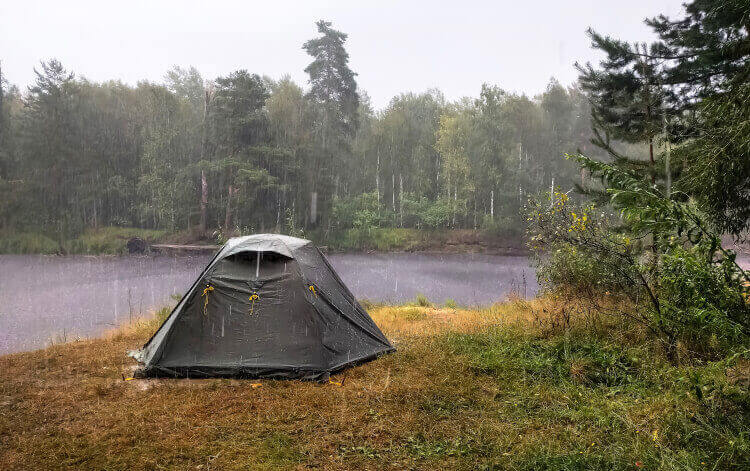
- Utilizing tent vents and windows
Properly utilizing tent vents and windows can help reduce condensation inside the tent. Open vents and windows during the day to promote airflow and allow moisture to escape. At night, adjust them based on the outside temperature to prevent condensation buildup.
- Prevention and control of condensation using airflow and absorbent materials
To minimize condensation inside the tent, consider using absorbent materials such as desiccant packs or moisture-absorbing crystals. Place them near areas prone to moisture buildup, such as corners or areas with poor ventilation. Additionally, ensure there is proper airflow inside the tent by leaving gaps between gear and tent walls, allowing air to circulate.
C. Managing Wet Gear
- Outdoor shoe storage and towel placement
Set up an outdoor shoe storage area using a waterproof container or mat. Encourage everyone to remove their wet or muddy shoes before entering the tent to keep the sleeping area clean and dry. Place towels or absorbent mats near the entrance to wipe off any excess moisture before entering.
- Drying lines for clothes and equipment
Set up drying lines or use available trees and branches to hang wet clothes and equipment. Properly ventilating and drying damp gear will prevent musty odors and keep them in usable condition. Hang clothes inside the tent or beneath the rainfly during the day to dry if weather conditions permit.
Always remember to camp responsibly and leave no trace behind. Dispose of waste properly, respect wildlife and natural habitats, and leave the campsite as you found it. Additionally, be mindful of local regulations and fire safety guidelines when camping in wet conditions. By practicing responsible camping, we can continue to enjoy the beauty of nature for generations to come.
